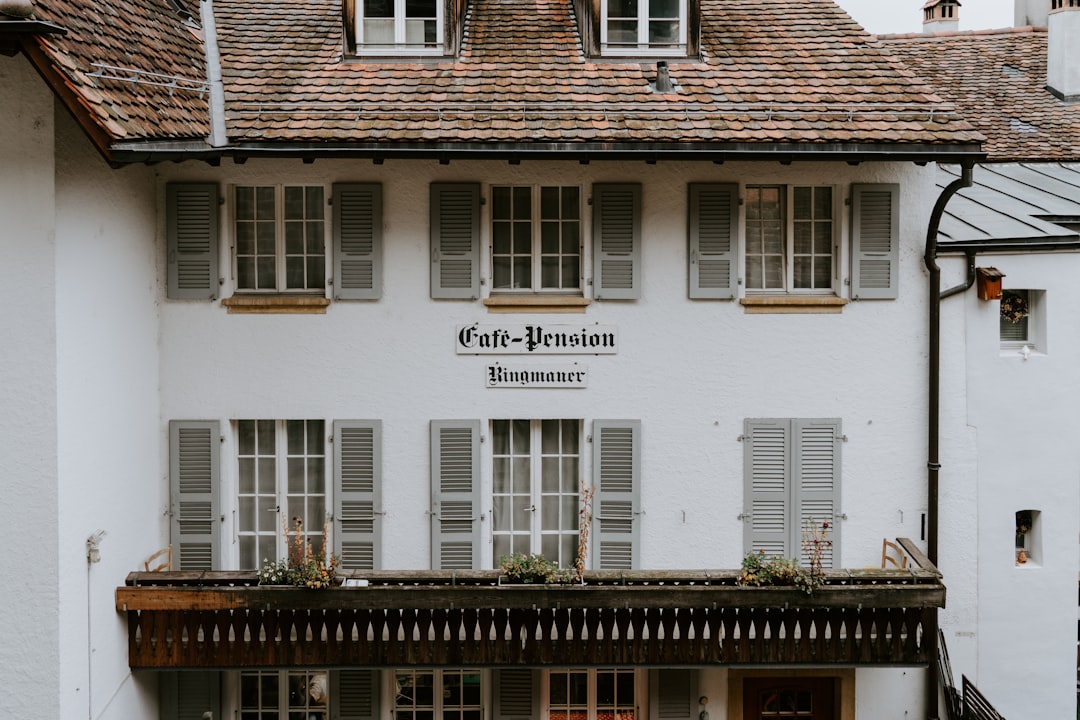A 10-Point Plan for (Without Being Overwhelmed)

Transforming your landscape can be both exciting and fulfilling, especially when you choose the right type of retaining wall. They are crucial for managing soil movement and crafting flat areas in your yard, contributing to both practical and decorative aspects. To find the best retaining wall, it’s important to consider your individual needs and stylistic preferences.
Why Retaining Walls Are Essential
Retaining walls are fundamental in preventing soil erosion and shaping your garden or yard. They ensure that soil remains stable, thereby protecting the aesthetic and functional qualities of your garden features. In addition, retaining walls aid in managing water runoff, which can minimize the risk of water damage to your home.
Choosing the Right Material for Your Retaining Wall
Selecting the right retaining wall involves examining various material options. Opting for natural stone walls offers a timeless and sturdy choice that blends effortlessly with various garden styles. Stone walls have a lasting charm that suits a wide array of outdoor environments. For a more modern approach, concrete blocks provide flexibility and a range of options in size and shape. They offer a customizable approach to achieve the design you envision. Timber retaining walls, on the other hand, provide a rustic, natural look that suits many garden styles. However, it’s worth noting that timber walls often require more frequent maintenance compared to stone or concrete options.
Determining the Best Retaining Wall for Your Needs
Choosing the best retaining wall involves considering various factors, such as its height and intended function. If the wall needs to support significant soil pressure, stronger materials like concrete or stone are ideal. Choosing these materials ensures the wall remains strong and stable over time. For gardens with a more natural or traditional design, stone walls blend seamlessly with the environment. In contrast, if your garden reflects a modern style, concrete blocks or modular systems could be more appropriate.
Ensuring Long-Term Durability of Your Retaining Wall
To ensure the retaining wall performs well and lasts, correct installation is key. Make sure the retaining wall includes a proper drainage system to avoid water buildup behind it. Effective drainage prevents damage and prolongs the life of the retaining wall. The level of maintenance required depends on the type of material employed. Maintaining stone walls is generally straightforward, while timber walls need more regular inspection for deterioration. Concrete walls are durable but should be periodically inspected for any cracks or other issues.
Conclusion: Selecting the Best Retaining Wall for Your Outdoor Space
To select the most suitable retaining wall, you need to thoroughly consider your landscaping requirements, design tastes, and maintenance needs. Evaluating different materials and their advantages will help you choose a retaining wall that boosts both the practicality and visual appeal of your space. A thorough exploration of options will help you make a knowledgeable decision, resulting in a long-lasting and visually pleasing retaining wall.





 Guidelines When Selecting a Faith Builders Workshop
Guidelines When Selecting a Faith Builders Workshop Tips for Hiring the Most Suitable Custom Home Design Service
Tips for Hiring the Most Suitable Custom Home Design Service Ibanez Executive Mentoring Series – Six Keys of Leadership Coaching
Ibanez Executive Mentoring Series – Six Keys of Leadership Coaching 
 The Best Way To Make The Choice For The Ideal Restaurant Distributors
The Best Way To Make The Choice For The Ideal Restaurant Distributors